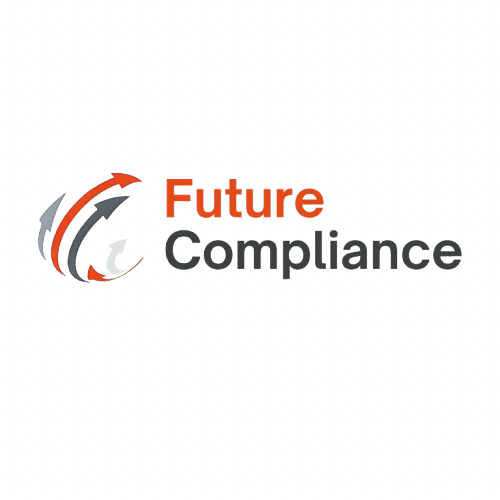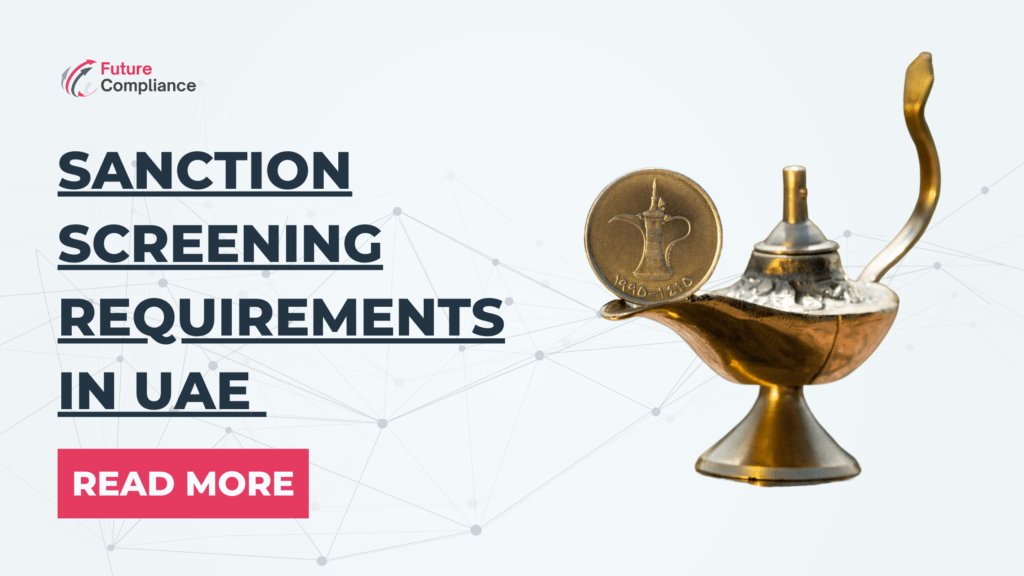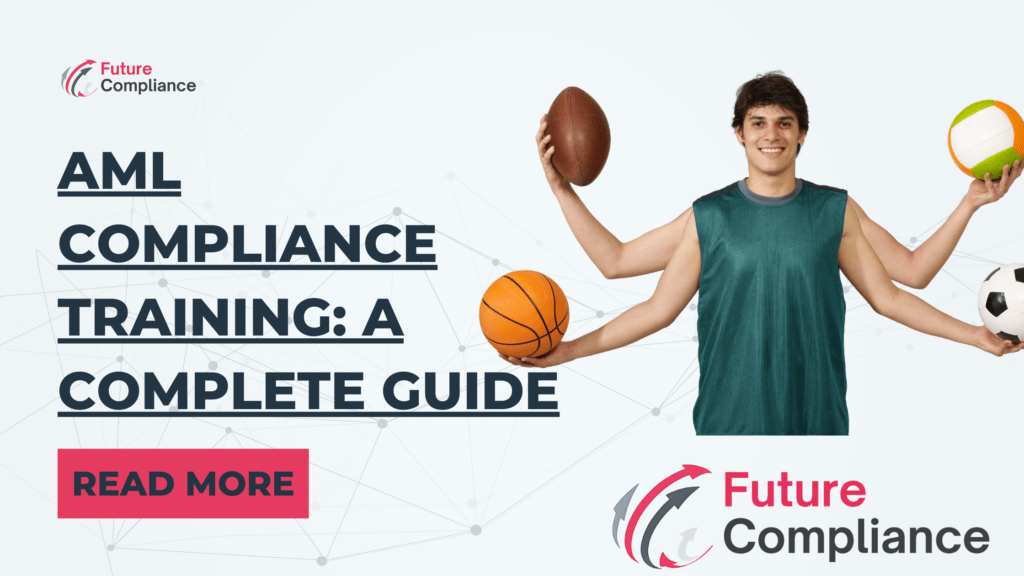Businesses must stay alert when dealing with high-risk customers to prevent fraud, money laundering, and terrorist financing. From my experience, financial institutions that follow a risk-based approach can identify threats early while ensuring compliance with regulatory rules. Every regulated company is required to apply strict customer due diligence (CDD) and ongoing monitoring to catch suspicious activity.
Table of Contents
ToggleThis process includes thorough verification, constant scrutiny of transactions, and applying enhanced due diligence (EDD) when needed. Without these processes, firms risk failing their obligations, which can lead to severe penalties. A proper assessment and structured approach allow businesses to enforce KYC rules and take strong prevention steps to protect their operations.
What Makes a Customer High-Risk?
Identifying Risky Customers
Many financial institutions and banks face serious risks when customers commit fraud, engage in identity fraud, or launder money. In my experience, some individuals try to create an account using fake details, often coming from higher-risk countries. Others hide their real identity behind opaque beneficial ownership structures, making financial tracking difficult. Some customers even borrow money without plans to repay, leading to defaulting and financial losses. These cases pose the highest level of risk, forcing businesses to strengthen security and compliance measures.
To protect their operations, companies must apply strict customer due diligence and identify unusual transactions with no economic purpose or lawful purpose. Criminals may use complex transactions to hide funds, violating AML regulations. If security is weak, an attempted cyber security breach or account takeover can occur. Ignoring a compliance issue can cause financial and reputational damage. Businesses must act fast to reduce money laundering risk and other financial threats in the online world.
Key Signs of High-Risk Customers
- Customers from higher-risk countries with financial crime links
- Opaque beneficial ownership structures hiding true asset holders
- Identity fraud or fake details used to create an account
- Complex transactions with no lawful purpose
- Attempts to launder money through unusual transactions
- Customers who borrow money but later default
- Account takeovers or cyber security breach attempts
- A history of violating AML rules or committing fraud
- Transactions lacking a clear economic purpose
7 Types of High-Risk Customers You Must Watch Out For
In my experience, businesses in the financial services sector must identify high-risk customers to minimize financial losses and legal issues. The risk lies in certain customer types who attempt fraud or exploit loopholes. To understand these threats, companies must analyze patterns within their industry and assess potential risks. When they encounter unusual behavior, early intervention can help prevent damage and ensure compliance with regulations. Recognizing these warning signs allows businesses to protect themselves and make informed decisions.
Customers Connected to High-Risk Countries
Some fraudulent actors attempt to launder money by establishing links with high-risk countries, avoiding strict regulations. The Financial Action Task Force (FATF) continuously updates its list of nations with strategic deficiencies in anti-money laundering and counter-terrorism financing (AML/CTF) regimes. Countries like Iran, Myanmar, and the Democratic People’s Republic of Korea face increased monitoring due to their higher level of money laundering risk. Criminals take advantage of weak regulations in these regions, making it critical for businesses to stay informed around the world and understand this subject to prevent financial crimes.
Customers Associated with High-Risk Business Sectors
Some business owners unknowingly deal with fraudsters who use cash-intensive businesses like a nail salon or launderette to launder money. If a business shows suspiciously high earnings, it may be linked to money laundering. Criminals often target industries where they can make a large amount of illegal money disappear in a single transaction. High-value assets such as art, property, or cars are commonly viewed as ways to hide illicit funds.
Those posing as legitimate customers may attempt a purchase to move illegal money. It’s important for businesses in these sectors to stay vigilant and note unusual financial patterns, especially when customers are attempting to conduct quick, high-cash deals. A successful scheme can allow criminals to disguise large sums, making financial monitoring even more critical in higher-risk industries.
Customers with Complicated Ownership Structures
Some businesses set up a complex ownership structure to hide the proceeds of crime, making it a red flag for financial institutions. It is crucial to identify the ultimate beneficial owner, as defined by FATF, to ensure transparency. A beneficial owner is the natural person who owns or has effective control over a company or legal person.
If businesses struggle to establish ownership or find links to an offshore tax haven, they should request further information. While most corporate structures are legitimate, some are conducted with ill intent or malice for money laundering purposes.
Criminals use these arrangements to disguise illegal funds through complex transactions, making it essential for businesses to recognize these risks and take preventive measures.
Customers Engaged in Unusual Account Activity
Once a customer is onboarded, businesses must monitor their account activities to ensure they remain consistent with their risk profile. If a customer suddenly deposits large amounts of cash, makes frequent transfers to another country, or starts to send money to a high-risk individual, it could be a sign of suspicious activity.
These patterns indicate that the customer’s behavior is changing and their risk level has shifted. Such activities must be monitored closely and compared to the established profile to prevent financial crimes. Detecting these irregular transactions early allows businesses to act quickly and prevent potential threats.
Politically Exposed Persons (PEPs) and Their Risks
Politically exposed persons (PEPs) hold a prominent position in public life, making them vulnerable to corruption, bribery, and money laundering (ML). The FATF defines a PEP as an individual who has been entrusted with a public function and holds significant influence. Their position can be abused to commit offences, including terrorist financing (TF) and other predicate offences.
The definition of a PEP also extends to their family members and known associates, increasing the risk of illegal activity. Financial institutions must stay alert to these risks and conduct enhanced due diligence to prevent financial crimes.
Customers with Questionable Reputations
During the onboarding phase, businesses must screen customers for potential risks by monitoring adverse media from traditional news sources, blogs, and web articles. If news sources or international databases link a high-risk customer to terrorist financing, money laundering, trafficking, or sanctions, they should be monitored closely.
Businesses using customer due diligence solutions can automatically detect changes and receive alerts if new risks appear. Newswires and monitoring tools help companies notify authorities about alleged involvement in illegal activity, strengthening their business relationship security.
Customers Without a Residential Presence
If a resident is not required to sign-up for an account, but a person is attempting to do so without a valid business case, it signifies a potential risk. In many instances, a high-risk individual may be setting up multiple accounts across different jurisdictions to avoid reporting requirements.
This raises concerns about illegal activities, as they might be trying to launder funds through a company or use multiple companies for fraudulent financial activities. When facing this question, businesses must closely examine the customer’s intent before opening an account.




